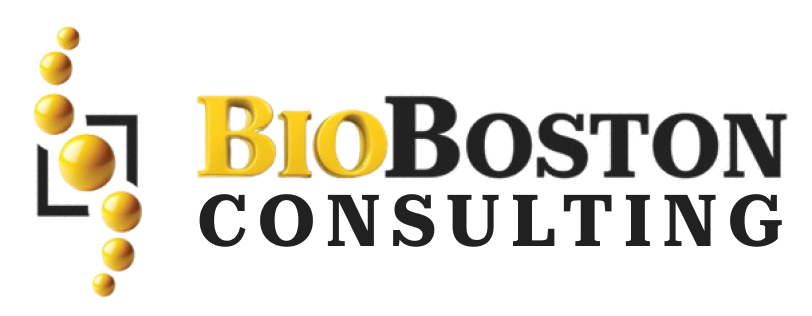In the United States, medical devices are regulated under the Federal Food, Drug, and Cosmetic Act (FD&C Act), and their safety and efficacy are primarily overseen by the Center for Devices and Radiological Health (CDRH). One of the most common methods for obtaining marketing approval for medical devices is through a Premarket Notification 510(k) submission. This submission process demonstrates that the new device is as safe and effective as a legally marketed device already on the market (referred to as a “Predicate”).
What is a 510(k) Submission?
A 510(k) submission is a premarket application that a medical device manufacturer submits to the FDA to obtain approval for marketing their device. The submission must demonstrate that the new device is substantially equivalent to a legally marketed device already cleared by the FDA. This means that the new device is as safe and effective as the predicate device.
Understanding Substantial Equivalence
For a 510(k) submission to be approved, the manufacturer must prove that the device is substantially equivalent (SE) to a predicate device. This is established if:
- The new device has the same intended use and technological characteristics as the predicate device.
- The new device has a different technological characteristic but does not raise any new questions of safety or effectiveness.
- The evidence provided demonstrates that the device is as safe and effective as the legally marketed device.
Who Must Submit a 510(k)?
FDA requires the following categories of parties to submit a 510(k):
- Domestic Manufacturers introducing a device to the U.S. market.
- Specification Developers bringing a device to the U.S. market.
- Repackers or Relabelers who make labeling changes or whose operations significantly affect the device.
- Foreign Manufacturers/Exporters or their U.S. representatives introducing a device to the U.S. market.
Step-by-Step Guide to the 510(k) Submission Process
Navigating the 510(k) process can be complex, but breaking it down into clear steps can make it more manageable.
Step 1: Search for a Predicate Device
The first step is identifying the appropriate predicate device that is most similar to the new device under review in terms of indications for use and technological characteristics. You can find this by searching the FDA Product Code Classification Database. This will help you determine the device class, product code, and CFR regulation.
Step 2: Choose the Submission Type
You will need to choose one of the following submission types based on the nature of your device:
- Traditional 510(k): For original devices or changes to previously cleared devices.
- Special 510(k): For changes to your own existing device, where the evaluation method is well-established.
- Abbreviated 510(k): Used when relying on FDA guidance documents, special controls, or consensus standards.
Step 3: Prepare Your 510(k) File
The 510(k) file is not a simple form; rather, it is a detailed, organized document. It should include sufficient information to show that the new device is substantially equivalent to the predicate device. This includes details about device performance, safety, and intended use.
Step 4: Payment of Fees
These fees must be paid before submitting the 510(k) application.
Step 5: Submission and Review Process
Once the application is complete, submit it electronically via eSTAR or eCopy. eSTAR is an interactive PDF form that guides you through the process of preparing your submission. The FDA acknowledges receipt of the submission and begins their review process. This process includes an acceptance review, followed by a substantive review within 60 days.
Step 6: The 510(k) Decision
Within 90 FDA days, the FDA will make a final decision. The device will either be cleared as substantially equivalent (SE) or found to be not substantially equivalent (NSE). If the FDA does not reach a decision within 100 days, they will provide a Missed MDUFA Decision Communication.
Why is 510(k) Clearance Important?
The 510(k) process is crucial for ensuring that new medical devices meet the same safety and effectiveness standards as existing devices already on the market. A 510(k) clearance allows manufacturers to introduce devices to the U.S. market while maintaining patient safety and regulatory compliance.
Maximize Your Chances of 510(k) Approval with BioBoston Consulting
Successfully navigating the 510(k) submission process requires detailed knowledge of FDA regulations and careful preparation. At BioBoston Consulting, our team of experts can help guide you through the 510(k) submission process to ensure timely and successful approval for your medical device.
Whether you need help identifying a predicate device, preparing your 510(k) submission, or ensuring compliance with FDA requirements, BioBoston Consulting is here to support you at every step.
Contact BioBoston Consulting today to streamline your 510(k) submission and expedite the process of bringing your medical device to market. Let us help you navigate the complexities of FDA approval with expert guidance and support tailored to your specific needs.

